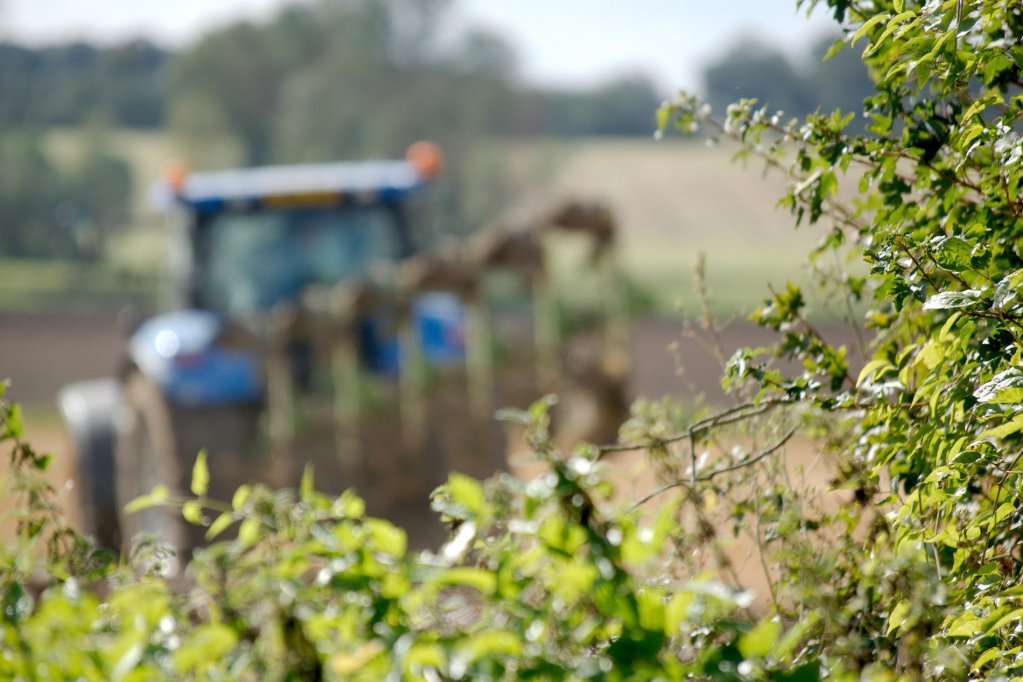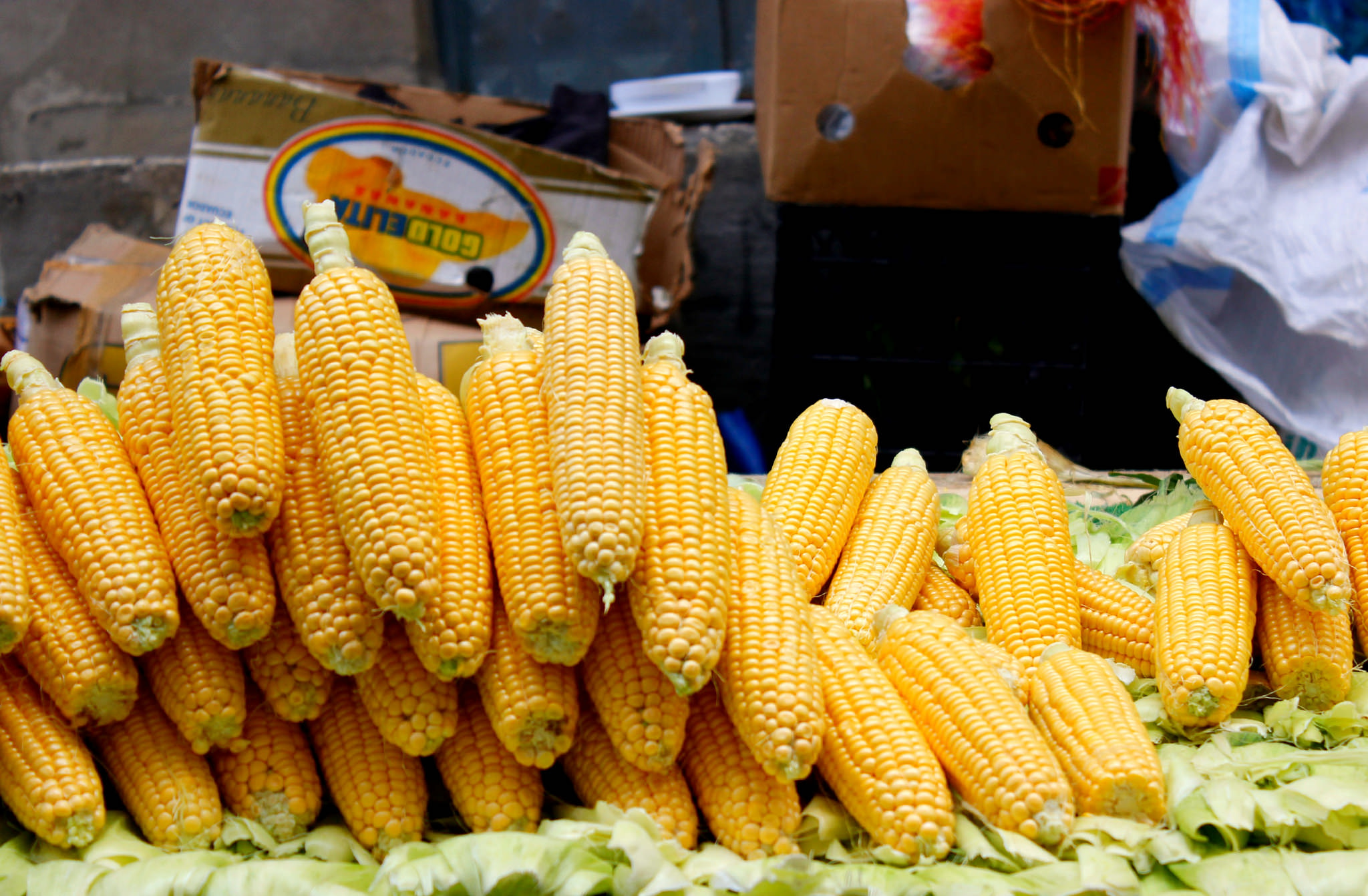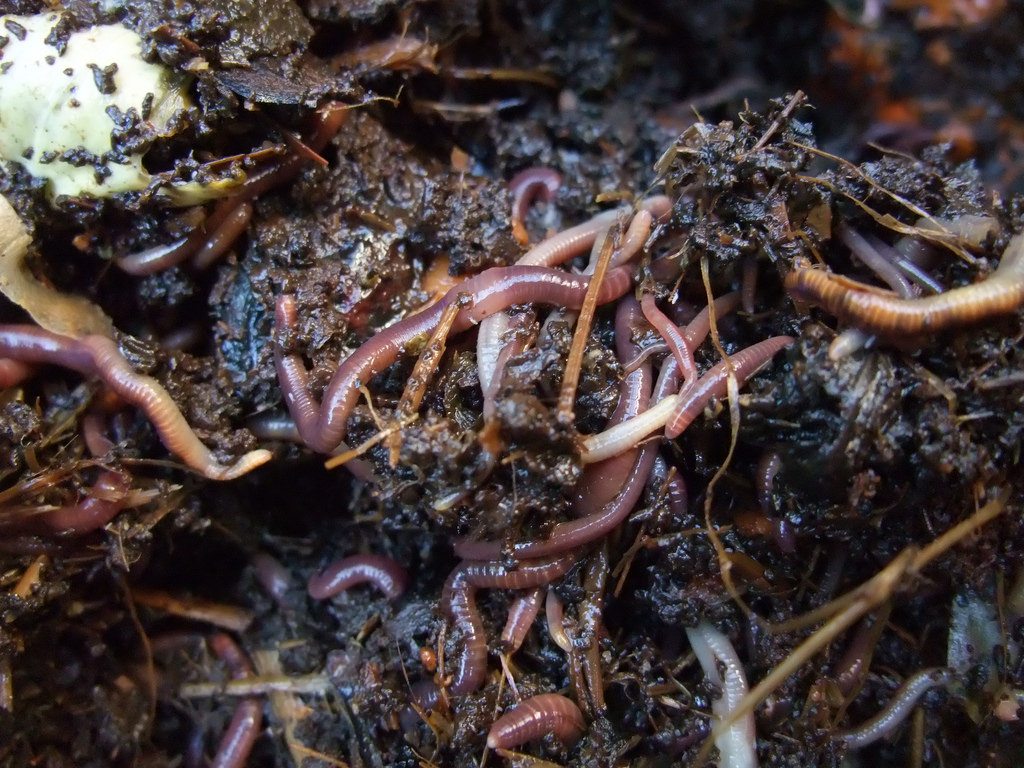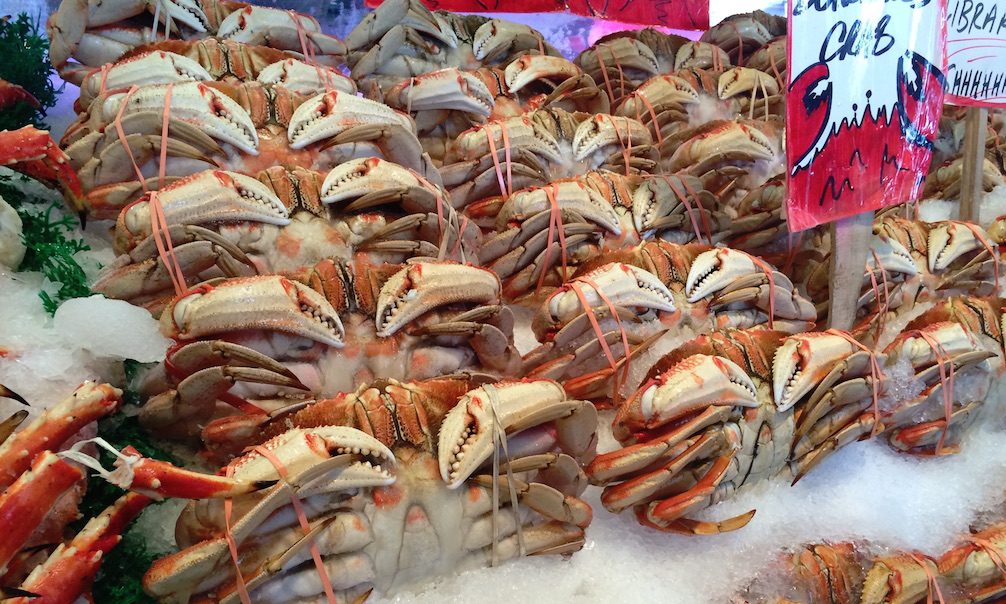Later this summer, about 60,000 gallons of fresh, free milk will be driven from dairy farms and processors in Phoenix, Arizona and High Point, North Carolina, to food banks across Colorado.
Shannon Brice will be waiting to receive it by the truckload. She’s the chief alliance officer at the Care and Share Food Bank for Southern Colorado, and the recent influx of milk resulting from President Trump’s farm bailout program has been a blessing and a curse. It’s great for the families that need it, but it’s also got a very short shelf life. Once she receives it, Brice has to give it all away before it spoils. That’s not easy.
Care and Share doesn’t usually give food directly to the people who need it. It functions more like a central hub that collects food—usually canned and non-perishable goods—and stores it, then sends it back out to individual pantries. Like most food banks, it gets some of its meals from the United States Department of Agriculture (USDA) and some from private companies and other donors. The product that’s currently flowing in as a result of the trade war is arriving on top of all the other food normally provided by USDA. And Care and Share has neither the community relationships nor the cold-storage space to hold large volumes of dairy or meat. So when Brice received a last-minute truckload of milk over the holidays, she had to improvise. Care and Share alerted the local media and hosted a giveaway. Brice estimates that they served 500 families in two hours at one point.
Across the nation, food banks are struggling to distribute food purchased through the government’s Trade Mitigation Program, more commonly known as the farm bailout program. This is the money President Trump appropriated—without input from Congress—to blunt the impact of his trade war with China. The bulk of the $12 billion in funding has gone to farmers in the form of direct payments to reimburse them for income lost because of retaliatory tariffs. But more than $1 billion was reserved to purchase actual food that may otherwise have been sold to trading partners. At wholesale prices, $1 billion buys a heck of a lot of fruits, vegetables, dairy, and meat. Most of those purchases are funneled to local food banks like Care and Share, which aren’t accustomed to dealing with deliveries of perishable items. One official privately confessed that all the extra food is “breaking our back.”
The 60,000 gallons headed to Colorado this summer represent a tiny fraction of the total milk bought by the United States Department of Agriculture (USDA) since the summer of last year. That haul is part of a single, 4-million gallon purchase made this month that’s flagged for destinations across the country, and was bought for between $2 and $4 a gallon. This purchase is not part of the $24 million USDA had already spent on dairy by March of this year, according to the most recent figures. That’s a lot of milk. It’s not difficult to imagine overburdened food banks all over the country scrambling to get rid of it, which is exactly what’s happening, as organizers rush to open new distribution sites and secure more cooler space.
“The food doesn’t just get here and magically wind up in the hands of close to 900,000 neighbors,” says Carlos Rodriguez, president and CEO at Community FoodBank of New Jersey.
It’s not just the dairy sector that’s responsible for the sudden, sometimes challenging influx of food. Since August, the government has spent about $500 million of the bailout funding on commodities like “plums/prunes” ($3.7 million) and pork ($212 million). Those purchases amount to less than half of the total money allocated. At Care and Share in Colorado, about half what flows in from the bailout buys is perishable, meaning it presents extra challenges for coordinators.
And the flow will continue: The Trump administration on Thursday announced an additional $1.4 billion in food purchases as part of a $16-billion influx of farm-bailout cash.
The trade-aid conundrum is, in some ways, a perfect example of USDA’s contradictory responsibilities. The agency manages both farm subsidies and hunger programs, but most of the time the two don’t overlap. The bulk of the government’s annual farm subsidy dollars go to producers of commodities we don’t actually eat, like corn and soy that’s grown for animal feed. And the bulk of the government’s hunger dollars go to the Supplemental Nutrition Assistance Program (SNAP, formerly food stamps), which puts money in people’s pockets and allows them to choose their own food. It’s rare that we see such a direct connection between purchases made to support farms and food distributed to hungry families. That’s what makes the bailout purchases so quirky. They’re designed to put money in producers’ pockets. Hunger-relief programs are just a convenient way to get rid of all that extra food.
The disconnect between what USDA is purchasing for trade mitigation and what it typically feeds hungry people is perhaps most evident in the agency’s purchase targets, which were announced last summer and are based on an economic analysis of damages caused by tariffs, not nutritional value. On USDA’s wishlist: $32 million worth of cranberries, $85 million worth of pistachios, and $34 million worth of walnuts—the kinds of foods many of us think of as luxury items. None of these are products that typically show up in packages from The Emergency Food Assistance Program (TEFAP). Walnuts, for instance, retail for $20 a pound at Walmart.
There are subtler discrepancies between farmers’ priorities and food pantries’ needs, too. Brice says clients in Colorado prefer half-gallon milk jugs because they fit in the freezer and because a single person can feasibly finish one before it expires. But she’s been told the milk arriving later this year will arrive in gallon jugs.
Bob Sitton, assistant director at the North Carolina Department of Agriculture and Consumer Services Food Distribution Division, estimates that the trade mitigation food has doubled the number of items that are distributed through TEFAP locally, from 25 items to 51. He reads out the list for April, May, and June of this year. “To give you an idea: Black beans, garbanzo beans, fruit mix, lentils—that’s regular [TEFAP] items. The trade mitigation items for the quarter are … dried split green beans, dry split yellow beans, sliced ham, ham, water added—that’s not sliced, that’s a loaf. Orange juice, canned pork, pork loin roast, pork patty. Trail mix or fruit-and-nut mix. Now the pork patty got cancelled. They didn’t make the buy there.”
In North Carolina, the agriculture department manages ordering and distribution of items purchased through the bailout program. (Most other states don’t have their own warehousing and distribution networks.) But even though he has a fleet of trucks under his command, Sitton says he’s struggled to work out the logistics of storing and moving the trade mitigation food. Apples, for instance, don’t play nicely with other produce because they emit gases with strong scents. If he loaded a truck with both apples and broccoli, the broccoli might develop a funky odor.
And then, of course, there’s the milk. “We thought hauling strawberries and tomatoes was perishable. The milk has a 15-day shelf life,” Sitton says. When he heard about the milk purchases, he says he scheduled a conference call with the state’s seven food banks to ask if they could handle it. They said yes, and he worked out a system where the milk was loaded straight from the producers’ trucks onto Department of Agriculture trucks destined for food banks.
State agriculture departments and food banks are permitted to refuse truckloads of trade mitigation food if they can’t handle it. Sitton says he’s proud to report that North Carolina hasn’t refused any of it thus far. Carlos Rodriguez in New Jersey hasn’t turned any away, either, and Community FoodBank’s food waste levels have not gone up since the trade mitigation foods started flowing in.
“We wake up and all of a sudden we have trade mitigation product scheduled to come in,” Rodriguez says. “Our freezers are full, our coolers are full, they’re absolutely full. That’s the logistical challenge.”
Rodriguez, like Brice, has had to get creative to make sure the milk doesn’t spoil. Rodriguez has sent a lot of it out through what he calls “non-traditional” channels, like after-school programs and shelters. Brice says some pantries are hoping to extend their hours or open for an extra day. The state of Colorado is allowing some agencies to temporarily participate in TEFAP so they can help distribute the extra food.
Brice says the influx of trade mitigation foods during the holiday season burned out her staff and volunteers. Administrative funding is technically available to ease the burden of bailout logistics, but she hasn’t yet been able to use it to hire extra people or rent a few trucks. Earlier this year, Care and Share refused 18 truckloads of mitigation foods. “At some point we had to be realistic about our staff resources,” Brice says. The food bank has recently begun accepting them again, and now her team is in the midst of what they’re calling “apple-palooza.”
Despite the logistical challenges, everyone I spoke with was generally positive about the trade mitigation program. “Honestly, when they first hit us with this, and pardon me here, but I said, ‘Yeah, we really ought to kick butt on hunger in North Carolina with this program.’ There should be no hungry people,” Sitton says.
“It’s a welcome change. The TEFAP food is always welcome product,” Rodriguez says. “The most precious thing we have is the food that we’re trying to feed our neighbors with,” he adds.
To that end, food bank administrators are trying to put systems in place that will make the next round of bailout purchases a little easier to handle. They’re asking their partners to increase capacity. They’re making plans to open up new, temporary food pantries. They’ve been told to expect trade mitigation food through the end of the calendar year, and after Thursday’s new bailout announcement, there’s no end in sight.
Still, some worry that the temporary influx may confuse the people who matter most—their clients. “For us, any sort of temporary influx of anything—dollars or food—means a great spike, but being expected to sustain that, and having people that are hungry when we can’t sustain that, that would be our concern,” Brice says. “If the [administrative] funding continues to be available for us, all things are possible. But if the funding disappears for us to be reimbursed, that would be a challenge.” She’s referencing the money reserved for extra staff and administrative costs. “I don’t know if the food banks across the country would be able to absorb all of that,” she adds.
“I don’t think we would.”











